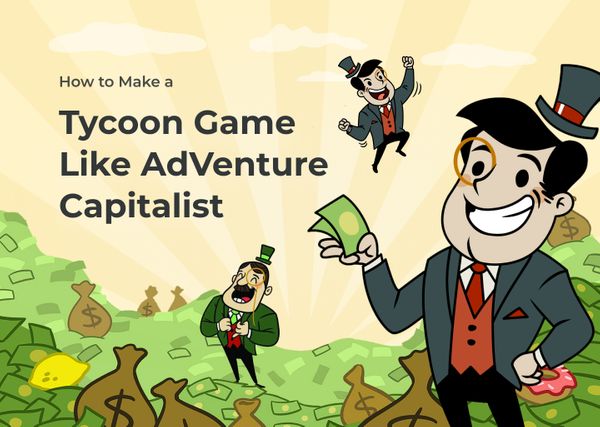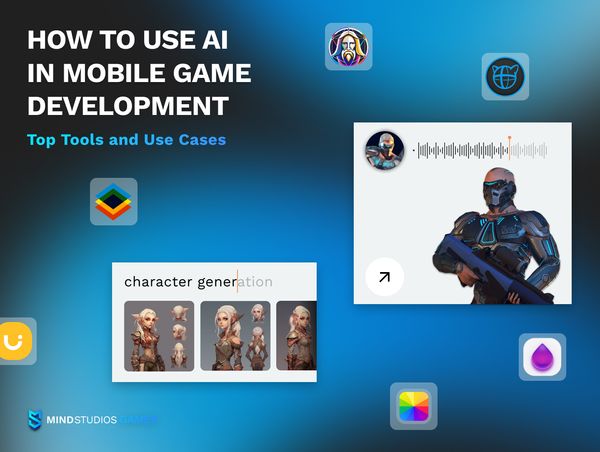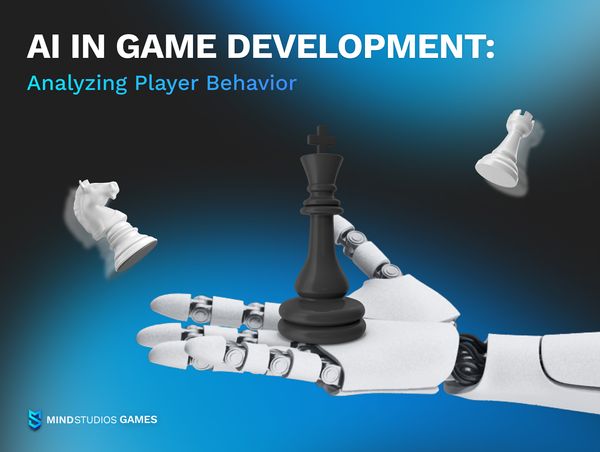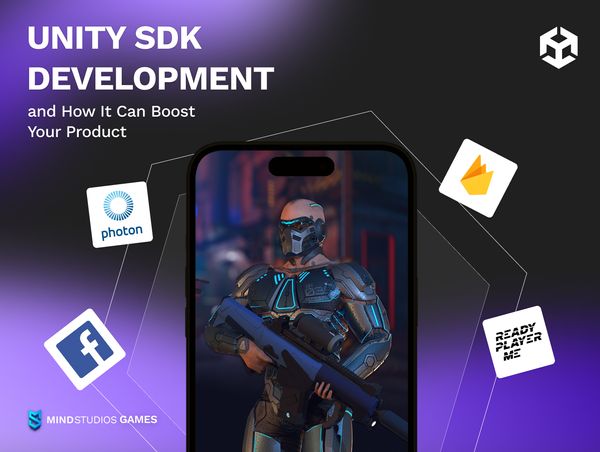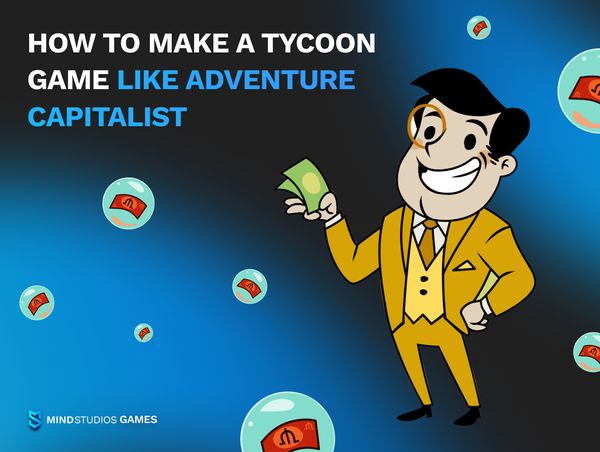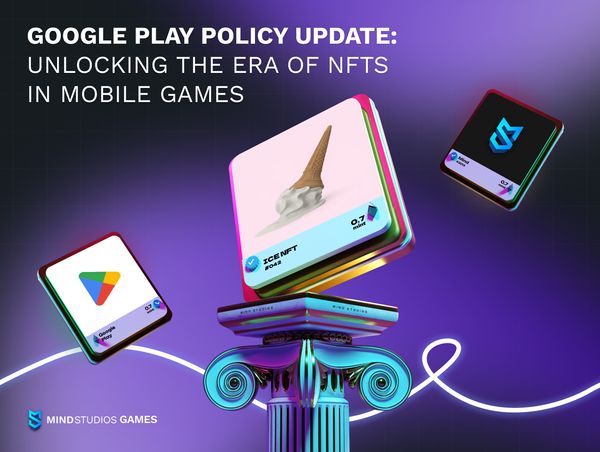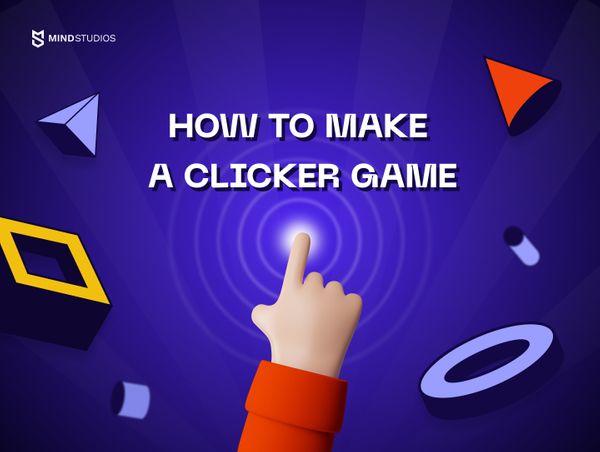
In this guide, we lay out in simple terms how to make a clicker game. We’ll touch upon the idle game history, make a brief analysis of currently popular idles, and offer you a guide for launching a game of your own.
This article is part of our ongoing series of game development resources. Mind Studios has a game development department full of creatives and game enthusiasts, and we hope their experience and the knowledge they possess will be interesting to you.
You can get acquainted with projects we’ve worked in the game section of our website and in the corresponding section of this article.
Below, you will also find real idle game development price calculation as well as real case studies you can play on app stores.
What are incremental games?
Incremental games, clickers, idlers, self-playing games — these games go by many names. But no matter what you call them, the core idea of these mobile games is that progress can be made without a player’s constant involvement. You start with furiously clicking (or tapping) the screen to earn in-game currency and buy upgrades. After that, you can put the game away and just check it once in a while; your purchased upgrades will earn money for you.
The mechanics are exceptionally easy. Idlers require a single action: clicking. You click to receive currency and click to spend it on upgrades. That’s basically it.
Sounds way too simple to be truly engaging.
Why have a game you don’t really play?
Surprisingly, idle games have high retention rates, and among core gamers to boot. Users continue to come back to them even after weeks of playing. Why?
The psychology behind mobile idle games
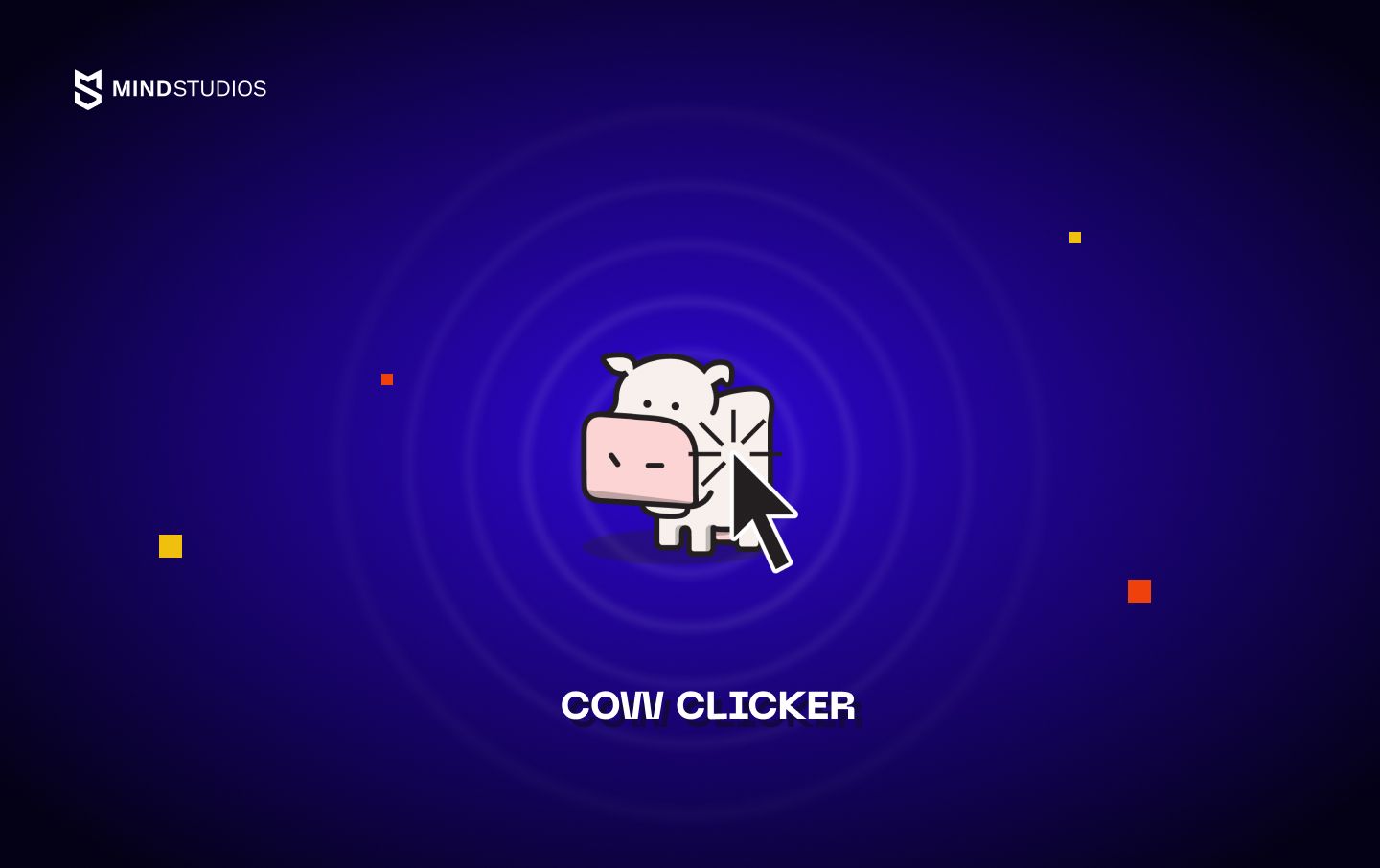
Fun fact: One of the first clickers — called Cow Clicker — was built to mock what the creator (Ian Bogost) saw as the oversimplification of social games. And it became a hit in no time. The inexplicable logic of this phenomenon is bugging people to this day.
But if you really think about it, the concept is tempting. Who wouldn’t want to get money without lifting a finger? Quite literally. You go about your regular business — work, school, maybe even some other game that actually requires your attention. And when you check your clicker, you’ve got more currency than when you left. If only real life was this easy.
At the same time, idle games still pose a challenge. Upgrades get more and more expensive with each new level, and eventually, a player has to choose which upgrade to spend their currency on. Which investment will bring in revenue faster? What upgrades should you combine? This choice allows players to feel smarter by being better strategists.
Another major selling point of idlers is that they let a player take as long of a break from playing as they want. There’s no pushing you to come back when "your energy has been restored" — which also always happens when you’re busy. A clicker can play itself in the background for hours, days, or months. You can go back to it when you’re ready. In the end, players come back sooner rather than later. And, what’s more important, they come back to stay.
What’s in it for idle game owners?
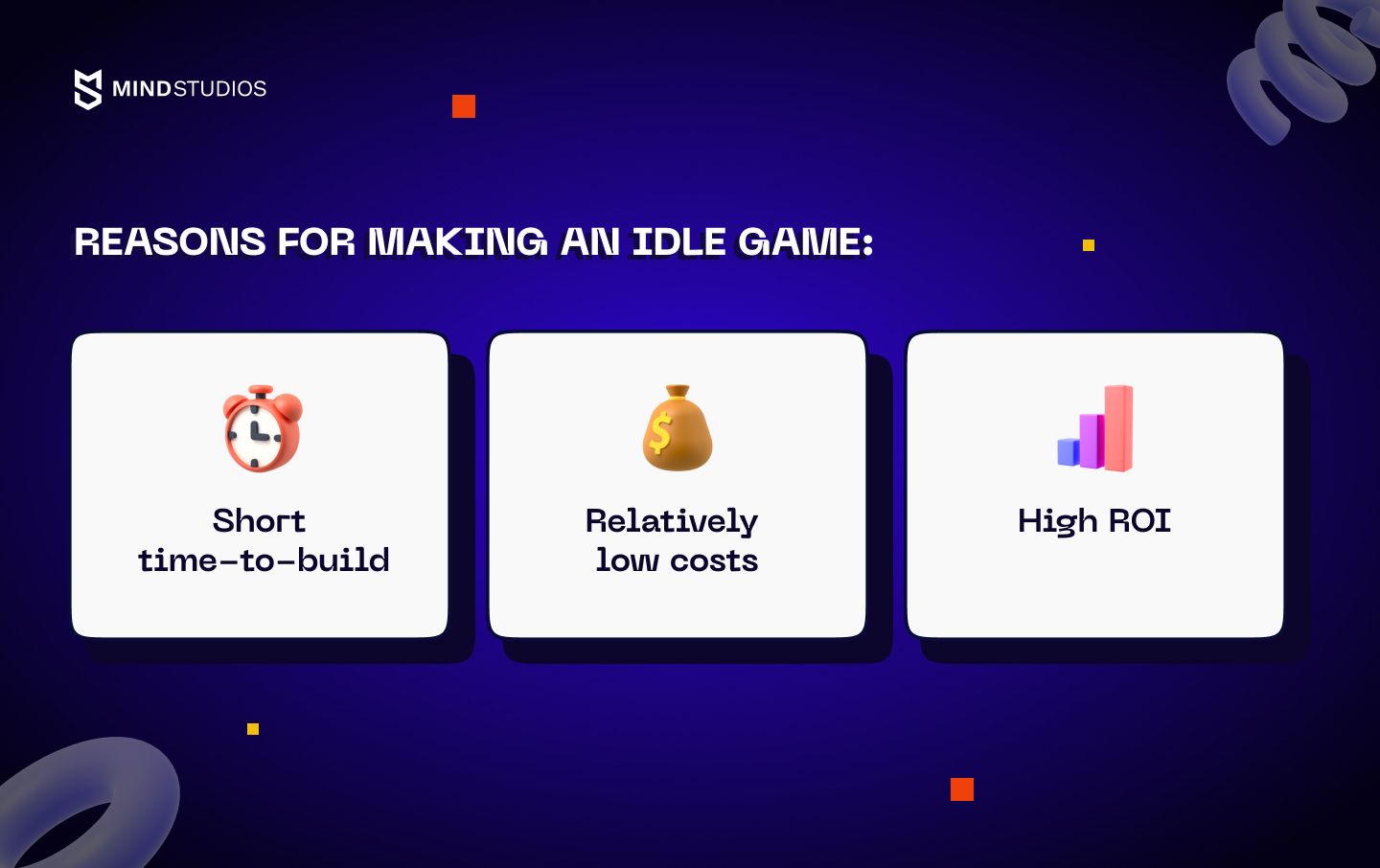
Entrepreneurs and individual developers alike are jumping on the incremental game bandwagon. There are many reasons for making an idle game from scratch:
Short time-to-build
A Cookie Clicker game clone for mobile devices (iOS or Android) would take a skilled development team about two months to build, give or take. A game like Idle Miner Tycoon would take about six months. Compared to most mobile apps, let alone games, this is really fast. And the faster you can launch your own clicker game, the better your chances to make it noticed and popular.
Relatively low costs
Most of the time, software developers charge per hour of work. Complex games with many in-game interaction options take a lot of time to build and test. Idle games have limited functionality and relatively short core loops. Hence, since developing an idle game takes relatively little time and effort, the costs aren’t too high either.
Of course, you’ll need to take into account many things, from art complexity (3D games take longer to build) to the number of possible interactions. But ultimately, the cost of an idle game development is much lower than, say, the cost of a casual game.
High ROI
The retention rate of idlers is high, meaning that ROI is steady. The revenue from a well-made idle game can exceed development costs several times over.
From whatever side you look at them, idle games are a win for owners. That is, if they’re made professionally and marketed properly.
If you are interested in idle game development, you can always contact our team for a free consultation.
Tips for making your indie clicker game
1. Create a solid theme
Idle games are plentiful because they are easy to pick up and play. The easiest way to make your game stand out is to use a compelling theme and the highest quality art you can afford. Remember that your game will compete with hundreds of others in an app store, all of which will be judged based on their visual appeal and the coherence of your chosen theme. In short, your game's visual presentation and narrative will entice customers even if the gameplay is simplistic.
2. Come up with a solid gameplay loop
Build your gameplay loops before adding features. Each effective idle is constructed around a succession of loops, so give them equal attention.
The standard primary loop involves gathering and using resources to enhance production. Basic resource generation is simple, but it's the first thing players do, so it should be interesting. Keep it intriguing but straightforward.
The second loop-up often features a new resource-generating tier (e.g., machine/workstation/location) or resource kind. Before adding features, check the system functions properly. Your game should follow this order: Gather, Improve Gathering, Purchase/Research New Gathering. Most idlers use this loop. Therefore, it should be present.
The next loop-up is usually a prestige/sacrifice system, called a "meta upgrade," that provides significant benefits over time, prompting players to strategy. Keep this loop flexible so players have control and make sure no sacrifice makes the game unusable (such as buying the wrong upgrade, making it difficult to earn enough for the next upgrade without spending too much time). Gather - Get better Gathering - Prestige/sacrifice for high Gathering potential should now be the order of your game.
Following these steps will give you a simple idler/incremental game. Cheap shovelware often stops at this level, but here is the time to add innovative features. This is when creativity can start.
3. Soft-release your game.
Elaborate and intricate idle games always require careful balancing. Launching in stages might give you time to fix bugs, add advertisements, and create a sustainable economy within the game. To improve your chances of earning a worldwide release, make sure the soft launch runs smoothly and that you listen to the advice of a select group of gamers.
4. Respond to feedback
The success of a gaming app, in terms of revenue and user retention, depends heavily on how attentively the developer seems to take player feedback into account. You may turn players into ambassadors by encouraging them to provide input on making your game better and more enjoyable. A vibrant gaming community can help spread the word about your app by providing accessible, public endorsements in app stores and social media.
Examples of popular idle clicker games
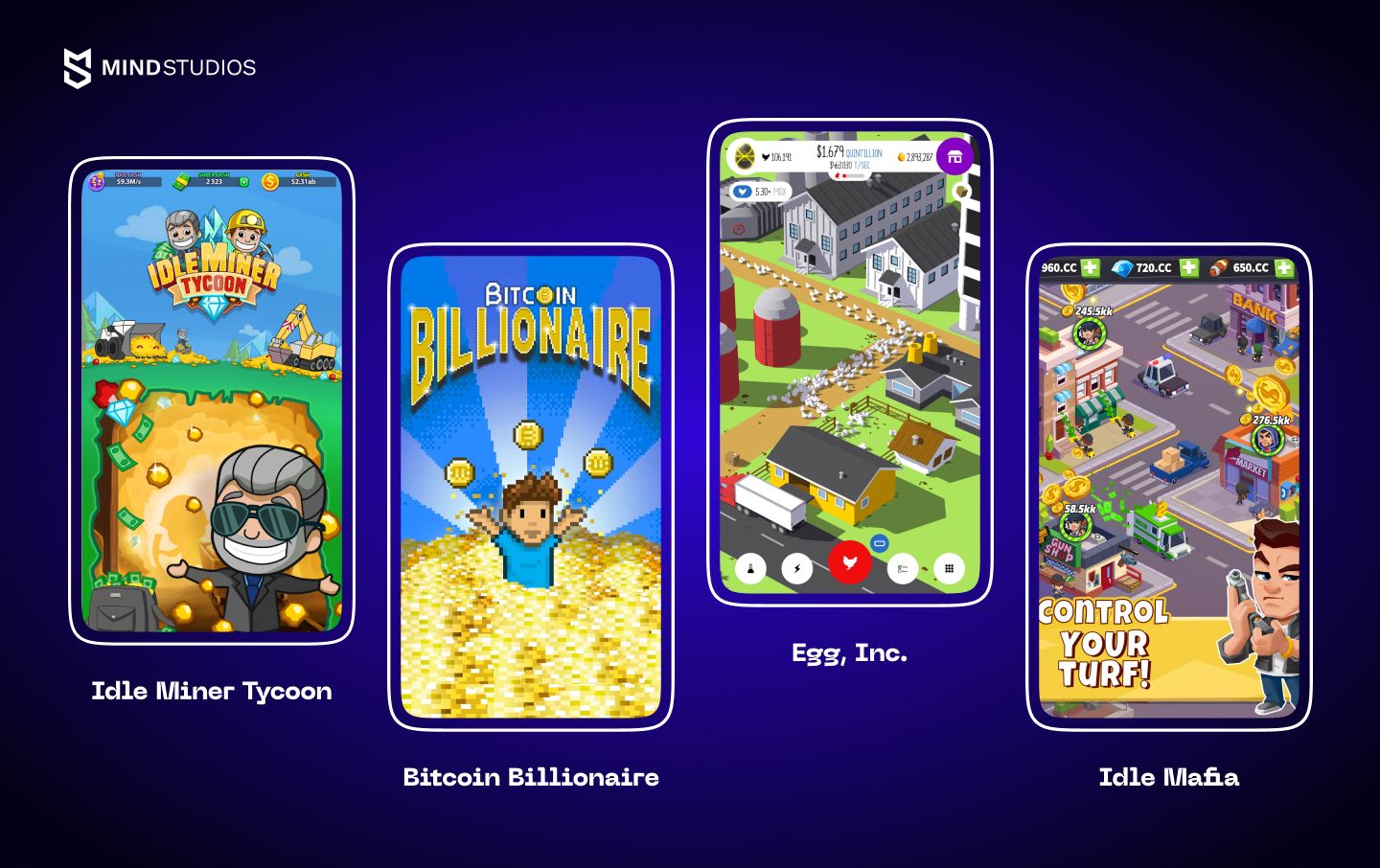
Most idle clicker games are either builders or business simulators since the idle clicker mechanics are well-suited for accumulation of something, be it cookies, money, or new floors in a skyscraper. Therefore, the most popular idle games also belong to these two genres.
Idle Miner Tycoon
According to the game creator Nate Barker, one of the things that brought success to Idle Miner Tycoon was their decision to make a game about digging instead of building upwards. By the time their game launched, there were multiple building idle games so the one about going underground seemed fresh. Well, this idea worked and it also aged well: Idle Miner Tycoon launched in 2016 and it is still one of the most popular idle clickers today in 2022.
Bitcoin Billionaire
Where Idle Miner Tycoon is primarily a builder and wealth accumulation is its secondary mechanic, Bitcoin Billionaire is the opposite. Wealth accumulation is front and center of this game and upgrading the character’s life comes as a bonus.
Probably, part of Bitcoin Billionaire’s popularity is due to all the ruckus around cryptocurrency in general, although bitcoin itself isn’t the only (or most popular) crypto today. Launched in 2014, this game gained popularity and in 2021, along with the surge in bitcoin price, it was one of the top-performing idles.
Egg, Inc.
Which came first: a chicken or an egg? Who cares if the chickens start unlocking the secrets of the universe and going to space.
That’s basically the setting of the Egg, Inc. And if it’s nothing else, it’s at least clever and creative. But really, there’s more to its popularity.
Egg, Inc. offers players horizontal growth instead of vertical. It’s a management game where players expand their egg farms and buy new ones. Chickens on those farms are used in researching the secrets of the universe. They even go to space, and ain’t it a fun thing to see.
Another interesting thing about Egg, Inc. — from the developer’s point of view — is their approach to monetization. This game has the usual in-app purchases and rewarded videos. But it also employs approaches more frequently seen in casual mobile games, like events and discounts.
Really, there’s a lot this game can teach and idle clicker developer (and we’re watching closely).
Idle Mafia
The Mafia setting was a clever decision by developers. Mafia is widely romanticized, after all. It’s a mysterious organization surrounded by tons of contradicting rumors. The setting, therefore, offers a large field for speculation, which is a recipe for an entertaining game. (Al Pacino might also be partially to blame.)
Idle mafia offers quite a rich experience with both its main mechanic and plot as well as with various mini-games. It’s not limited to a single activity like most idle games. Here, you can expand your influence, choose between ways to earn and spend money, and even get in prison (and escape from it). Really, there’s just no time to get bored with this game. Which is probably why it’s been on the top idle games lists since its launch in 2020.
How to make your own clicker game from scratch
Creating an incremental game is relatively simple. Developing a game for browsers is the easiest. Mobile games are tricky.
It’s just clicking, you say. How difficult can it be?
But, as with many seemingly simple things, behind the curtain everything is a bit more complex.
Discussion
The first thing you need to do when you hire a game development outsourcing company for your clicker game idea is, of course, to explain the idea to them. All major details of the game should be considered.
-
Game type
Idle games have evolved fast since Cookie Clicker was introduced. Cookie Clicker is a simple linear incremental game. But today’s market already offers all kinds of idle clickers: RPGs, simulations, arcade games, mergers, and management games. It’s not even surprising to find clicker games with a full story behind all the activities. So you’ll have to go into detail about which type of incremental game you want.
-
Game setting and concept
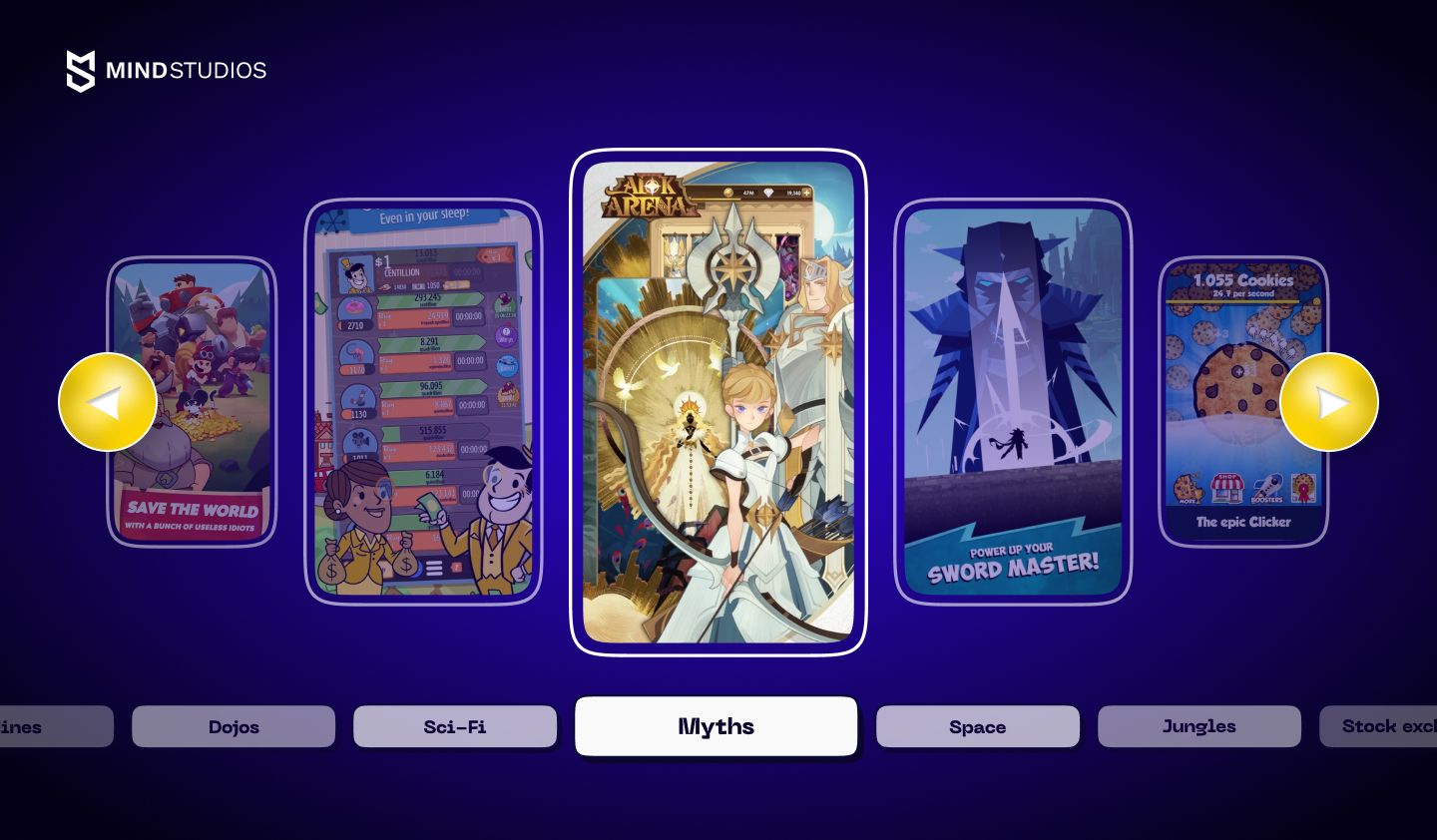
Clicker game ideas have little to no limits when it comes to settings. Cookie Clicker is simply a cookie; Tap Titans 2 can probably be considered a fantasy RPG — you do have a hero who kills monsters, after all. If you look up idle games on Google, you’ll probably find a clicker in every possible setting, from sci-fi and space to jungles, mines, dojos, and stock exchanges.
-
Metagame
How will users interact with the game? What can they do? What upgrades are available? What decisions can they make? Things like this will have to be outlined so that the work proceeds smoothly.
-
Monetization model
How are you going to make money with your idle clicker game? Ads, in-app purchases, pay-per-download: all monetization options are open for you in the gaming section. Choose one or combine several.
This is also the stage where you can expect a very rough estimate of the time and cost to develop your idle game.
Next comes the design of your idle game. If you make your own clicker game with the help of a development company, you can expect your development partner to provide you with the following:
Idle game art
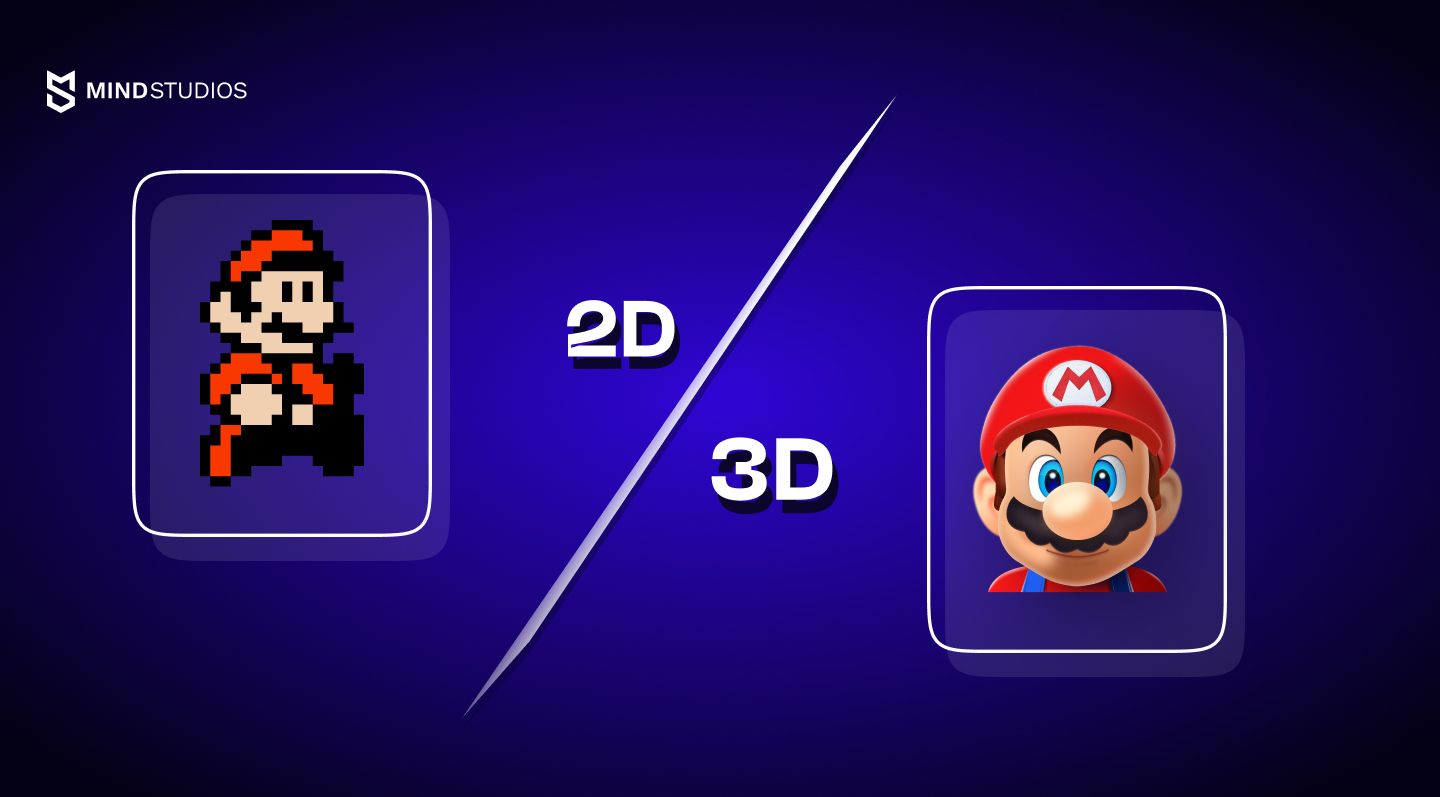
When it comes to gaming, visual appeal is arguably the most important part. Even more so if we’re talking about mobile games, which usually lack plot depth compared to computer and console games.
That being said, we’re not saying that to be successful you need to create an idle game with the graphics of Shadow of the Tomb Raider :) For starters, most smartphones and tablets can’t handle that level of graphics.
There’s beauty in simplicity as well, and idle games are a perfect example of that. Depending on your concept, game type, setting, and designers, the visuals can be more high-end or less.
Before starting to write code for a clicker game, your team will offer mockups of visuals. Drawings of backgrounds, character designs, objects, animations, 2D or 3D graphics — there’s a lot that needs to be taken into account.
Creating an incremental game design
The idle game design stage is the most important. You may or may not know this — it’s a fairly common misconception among non-developers — but “game design” not only determines how a game looks but also how it works. The game design stage is about defining the core mechanics and user experience as much as it is about visuals. Sometimes more so.
-
Core mechanics
Core mechanics are those actions players repeat: running, jumping, collecting loot, building houses. Whatever actions can be considered main are core mechanics.
Most idle game mechanics are simple. Basically, these games are about clicking (or tapping or swiping) and waiting. Players start by clicking as fast as they can to generate some sort of resources to purchase upgrades. Then they wait as upgrades start generating resources themselves. -
Core game loop
The core loop is the sequence of actions the game goes through. Most idlers have a simple core loop: Click to earn cookies/kill monsters/collect money –> upgrade –> click more. When a certain level is reached, you earn a prestige level and go back to the beginning but with bonuses. Then you repeat the loop. Here’s the core loop of an average idle game:
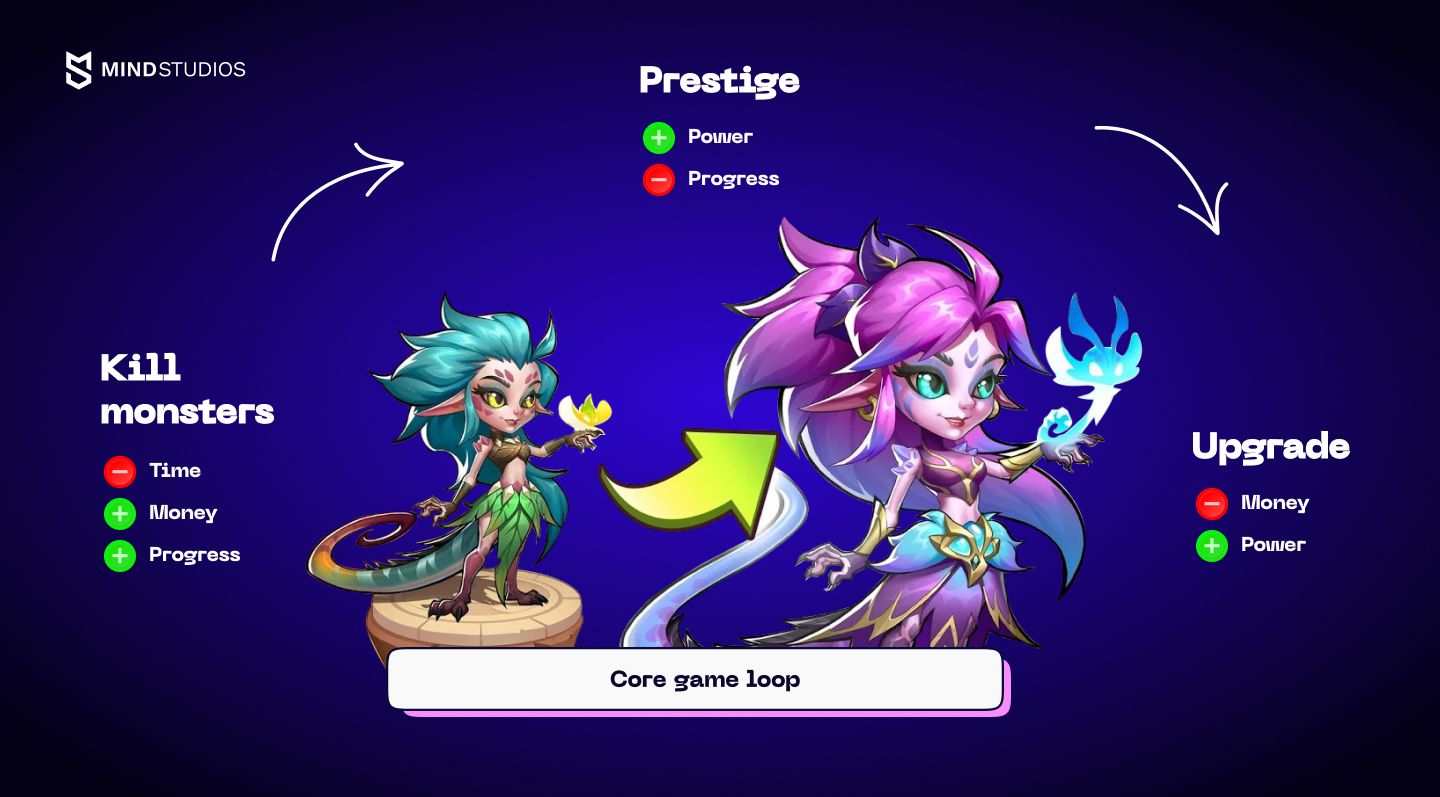
It’s possible to make an idle game with more complex mechanics and a more complex core loop, of course. However, one might say it kills the purpose. Simplicity is one of the selling points of clicker games, after all.
-
Level design
Level design in games is planning what actions a player can take within each level and what they need to do to proceed to the next level. Despite seeming simplicity, idle games also require meticulous planning for level design. This process involves multiple calculations, too, like the cost of upgrades or the amount of income generated in each level with and without ads.
-
Rewarded videos
In idle clicker games, rewarded videos are one of the two main monetization models (the other being in-app purchases). Ads bring income to game owners and offering a reward is the simplest and surest way to make users watch an ad willingly. It’s essential to calculate the rewards that will be just enough for users to tap that ad button. This also involves calculations and some amount of A/B testing.
Only when all parts of the game have been designed and approved does the actual idle game development start.
Idle game development

We won’t tire you with too much technical information. The list of idle game development technologies is nearly endless, and programming languages and frameworks pop up semi-regularly and deserve their own articles. You can ask our product developers for details on how to code an idle game if you’re interested in that. Or we might write a separate article later. For now, we’ll just scratch the surface.
-
Incremental game engine
The two most popular game engines today are Unity and Unreal Engine. Both are common among developers and are excellent options. Unreal Engine offers better graphics, especially in 3D. Unity’s 3D graphics aren’t half bad, though. Unless you’re into making an Assassin’s Creed idle clicker with the graphics of the original (which — why would you do that?), Unity is a perfect engine for incremental games.
High processing power requirements make Unreal a go-to choice for PC games rather than mobile. Most mobile game developers would make an idle game in Unity.
Besides, there’s the money issue. While developing on Unity can be a little expensive initially (the free version is workable but abridged and Pro versions come with a subscription), Unreal Engine is completely free to use but takes 5 percent of your revenue after you publish your game. This can be a nice chunk of your money in the long run.
-
Backend/server
The server side of your game can be written in Python, Ruby, or Elixir. However, we’re talking about how to make an incremental game, and they’re quite simple, so chances are you won’t really need a server side. Incremental games are light enough that most data can be stored on players’ devices or in the cloud. So you won’t need servers, and thus you won’t need a backend.
-
Testing
Testing is essential for any apps but to idle games their value is huge. Due to the idle games’ simplicity and popularity, the market is flooded with all kinds of Idle Tycoons in all possible settings and with all kinds of plots. Hence, the price of a minor bug might be very high — there’s always an alternative. Before going even for a soft launch you need your team to test the hell out of your game. Test the gameplay, the meta, the monetization — everything.
Soft launch
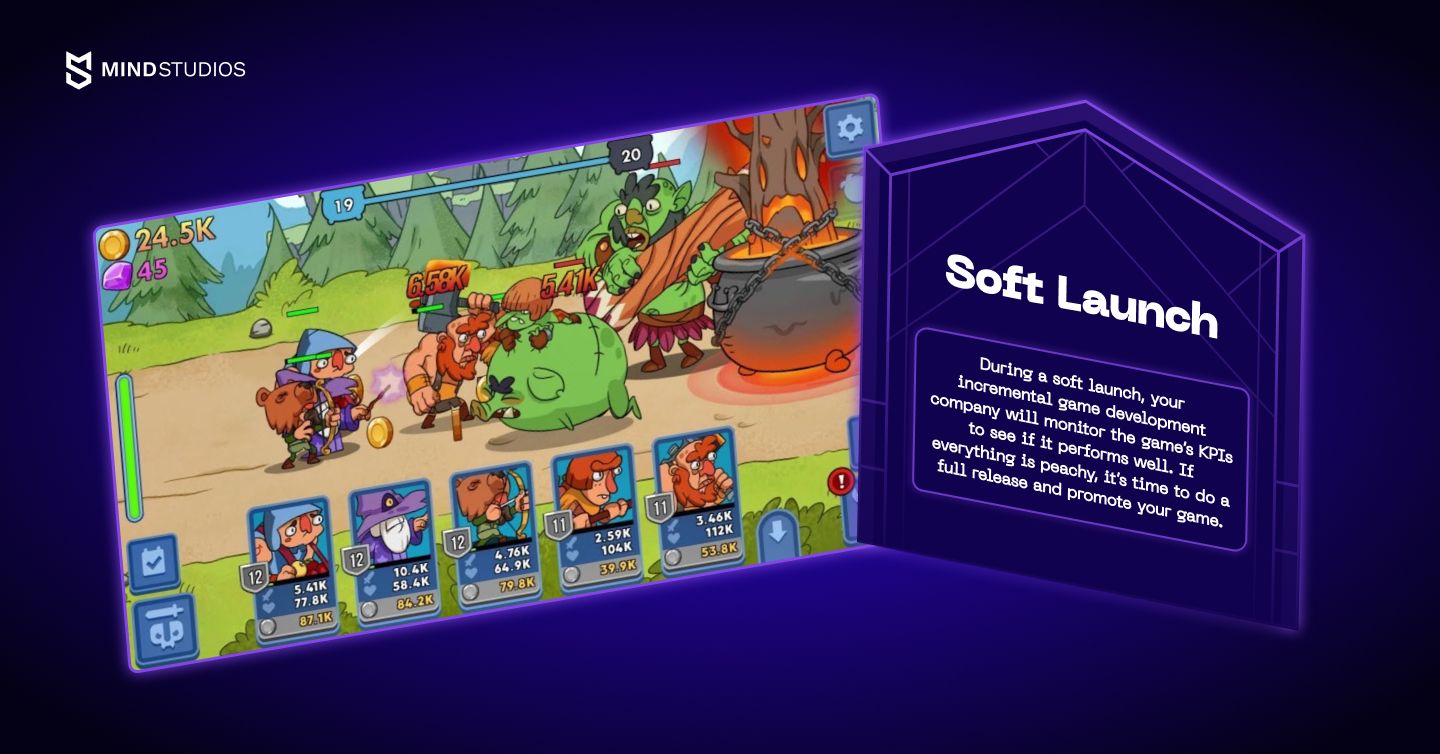
A soft launch is a test run of a completed game. If you’ve ever dealt with regular app development, not game development, you might compare a soft launch to launching a minimum viable product. There are differences, of course.
A soft launch is performed to test new features. Usually, the game is launched on a limited territory — a single state or country — to test the waters. Will people pick it up? Can it hold their attention? What will be day 1 retention? How many users will return to play after a week?
During a soft launch, your incremental game development company will monitor the game’s KPIs to see if it performs well. If everything is peachy, it’s time to do a full release and promote your game.
If all is not peachy, you can analyze the data and go back to square one: the design or development stage (depending on what the analysis says).
Repeat this cycle until the KPIs are good.
Game release
Congratulations! Your idler is up and running, taking the world by storm because it’s awesome.
Now you can rest. (No, you can’t.)
Post-release, you’ll need to run marketing campaigns and advertise your incremental game to catch the eye of more players. Your journey is only beginning. May it never end.
How much does it cost to develop an idle clicker game?
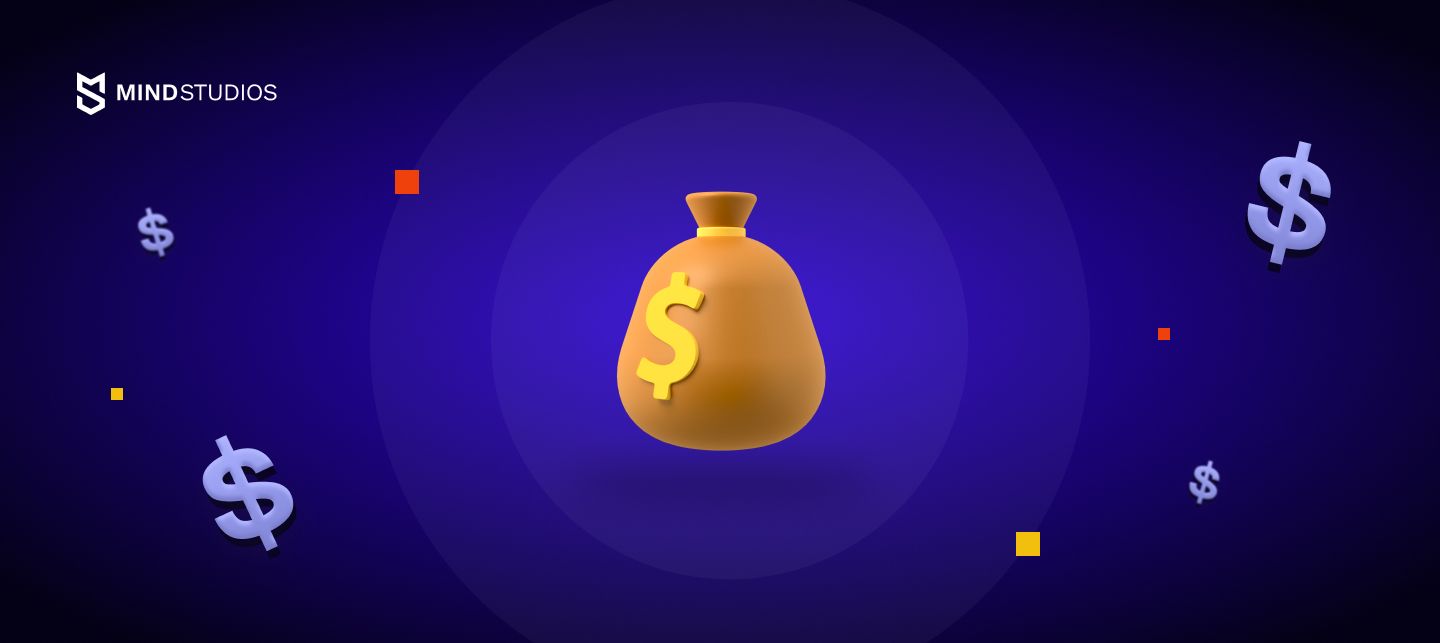
It’s more difficult to estimate the cost of game development than it is to estimate the cost of developing almost any other mobile app. And simple as they are, clicking games aren’t an exception. The cost of incremental game development will depend on the complexity of your concept, the visual design, and the number of people involved.
Let’s say you go for a Cookie Clicker clone. It requires few people:
- Game designer: 1
- 2D designer: 1
- Sound designer: 1
- Unity developer (for Android and iOS both): 1
- QA specialist: 1
With a team like this, it will take about two months to make a clicker game like Cookie Clicker, and the approximate cost will be $5,000–10,000.
However, if you’re aiming at something more complex — like Idle Miner Tycoon, for example — the development will take longer: around three to six months. In this case, your idle game development cost will differ significantly due to the longer development time and possible involvement of more people. Expect to pay about $20,000 and up.
The more complexity you add, the longer the development time and the higher the cost. But chances are your revenue will also be higher when the game is launched.
How to promote your clicker game: Ideas
A successful launch requires thorough research of the game’s target audience as well as competitors. This is done to choose the right marketing strategy.
A marketing strategy is successful when your Customer Acquisition Cost (CAC) is lower than a Customer Lifetime Value (LTV).
LTV / CAC > 1
As you hold various marketing campaigns, measure their effectiveness. If you’re spending more on acquiring a customer via a specific channel than their lifetime value is, the channel is unprofitable or the way you market through it doesn’t measure up. Compare, improve and test the effectiveness of several marketing channels and keep those that perform well.
Numerous promotion channels exist for games in general and idle games in particular. Here’s a list of your options to promote your idle game:
Pitch to several publishers |
Game promotion is easier if you launch your game with a known publisher than if you do it on your own. Game publishers already have an audience and can promote your game among them — for a part in your income. On the other hand, it’s no easy task to get a deal with a popular publisher. Your best bet is to apply to as many publishers in your niche as possible. Word of advice: When applying to a publisher, don’t just pitch an idea. It’s better to at least have a beta version of your game. |
Soft-launch for a test group |
Soft launch — releasing a game for a limited audience — brings two advantages:
|
App store optimization |
ASO is your best friend in making your idle game easy to find via search. By carefully crafting your game’s description, tags, and choosing the right categories, you’ll increase your chances manyfold. |
Paid ads |
Video ads. This is the most widespread way to promote idle games — via video ads in other — often similar — games. This works particularly well with idle games. While the market seems oversaturated, the low requirement for active engagement from users makes it, so gamers install numerous idles on their devices. Banner ads. This type of advertisement is more passive than video ads as banners can be overlooked — it’s bad taste to put a banner ad mid-screen, after all. But with idle games, banners at the bottom, for example, work fairly well. Social media ad campaigns. People spend hours on YouTube, TikTok, Instagram, and more. Investing in social media ad campaigns is one of the most rewarding game promotion strategies today. |
Offer walls |
This type of advertising became popular recently. An offer wall is an option to play other games to gain something in a game that hosts the offer wall. Something like “Achieve rank 4 in XXX game to get 200 gems in YYY game”. If you’ve launched several games already, you can (and should) cross-promote them. |
Influencers |
This option for promoting your idle game might be a bit more expensive than others but it also often brings a large inflow of users. Finding influencers with the audience that fits your target audience profile and working with them can be exceptionally rewarding. Tip: You can contact influencers to be part of your test group of users with early access to a beta version of your game. This will get you early feedback and public reviews. |
Reviews in gaming outlets |
You can get reviews from online magazines like PCWorld.com. Multiple platforms offer paid reviews for new games, and sometimes, you can get a review if you grant a journalist early access to your beta. |
Promotion by the app store |
This one is the hardest way to promote your idle game but it’s undoubtedly the most rewarding too. To get into your app store’s listings of recommended apps even for a day, you’ll need to pitch your game to the store’s moderators. With the overwhelming number of idle games, yours will need to stand out to be selected. Your selling point might be outstanding graphics, the use of new technology, a particular theme that’s been in the community spotlight, etc. |
Push notifications |
When you’ve launched and users come running, marketing doesn’t stop. In idle games, players don’t need to actively engage for the game to progress, and smart use of push notifications will keep them opening the app frequently. |
Caution
Many new mobile game owners believe the more ads you launch the better. In the reality of today’s market, though, specialists talk more and more about “ad fatigue”, an occurrence when users see a particular ad so often they stop even registering it. To avoid this, many marketing experts advise to A/B test your campaign and use ads capping. Capping ad frequency means setting a maximum number an ad will be shown to a user.
The Mind Studios experience
The latest years were the years of idle game development for the Mind Studios game department. To make the process faster and smoother without losing an ounce of quality, our game developers created a module to perform all the main mathematical calculations.
Ultimately, this means that we don’t spend too much time to estimate the best costs for upgrades and the rates for passive income accumulation. This helps us develop idle games faster.
Here are some of our latest games in the idle genre.
Idle Rocket Tycoon: Space Factory
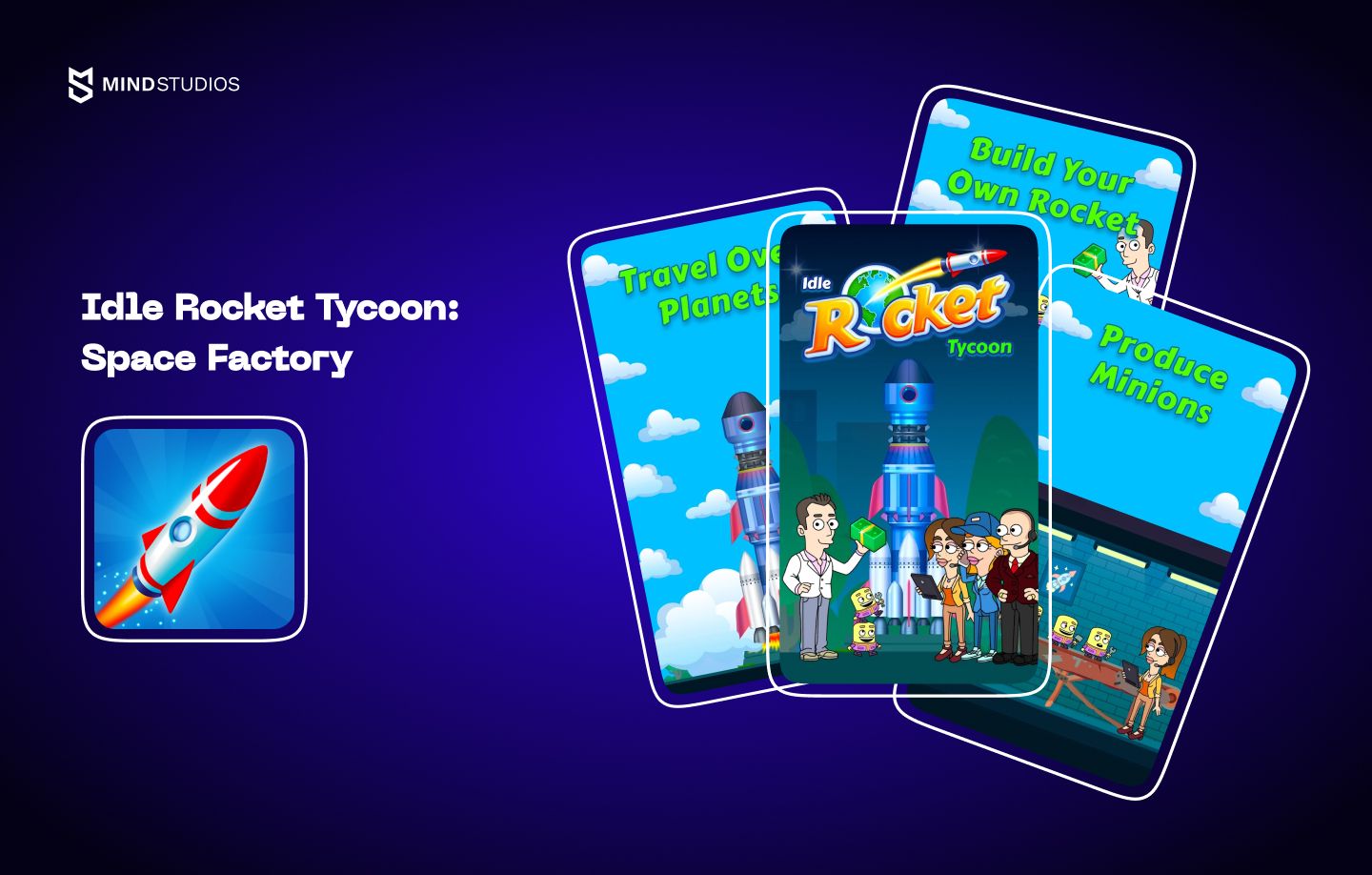
This is a classic idle clicker game where players upgrade their factory and open new levels. This is the core game mechanic and game loop. However, to make Idle Rocket Tycoon more interesting, we’ve added an extra engagement point in adding new levels to a rocket the player builds.
Another distinguishing feature of Idle Rocket Tycoon: Space Factory is its art style: comical characters somewhat resemble the art of popular satirical cartoons.
Resulting from all the above, we’ve received the Day 1 retention rate of 52% — a great result for a new game.
Lost Island: Idle RPG Survival
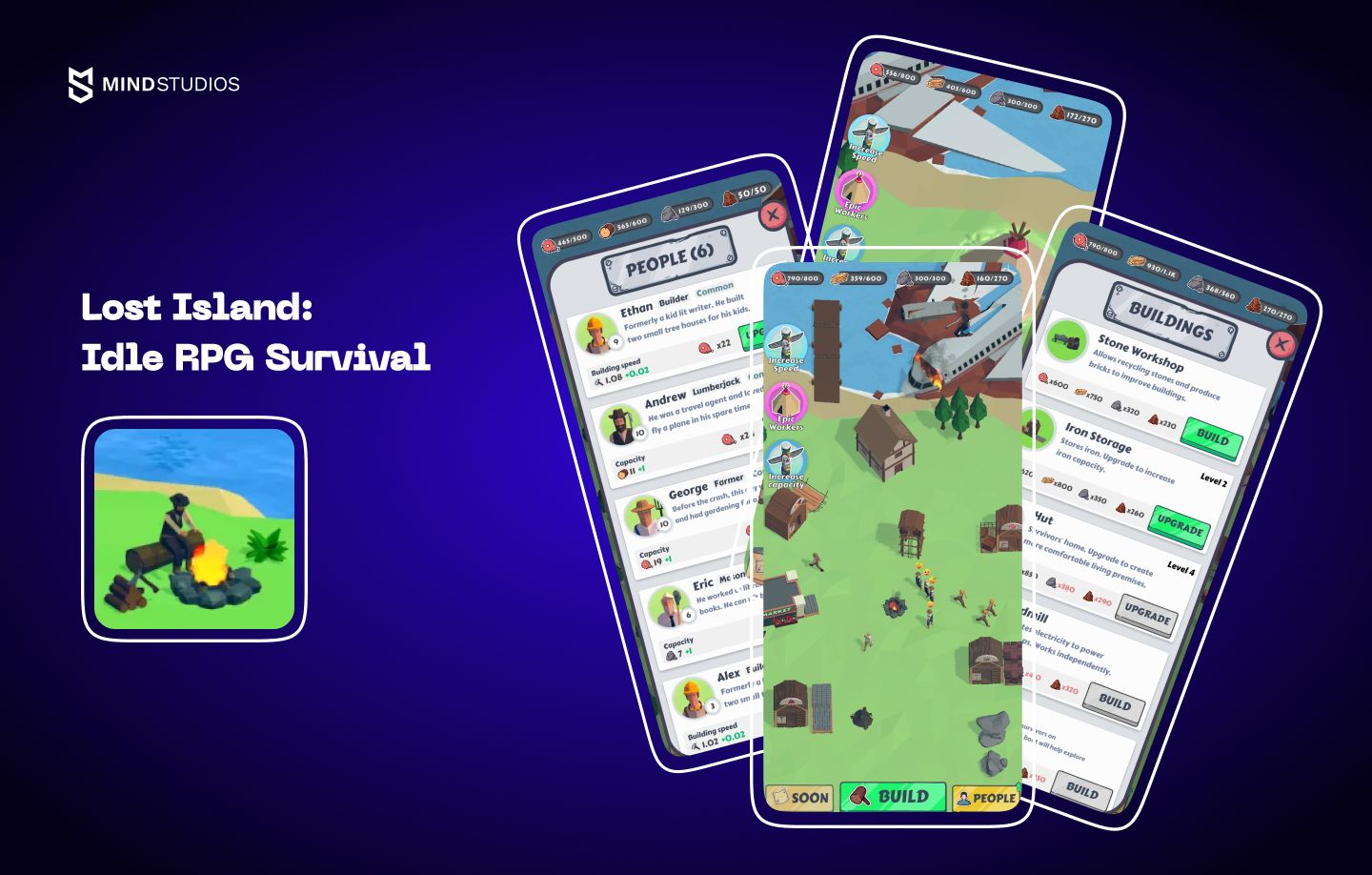
This is a combination of classic city builders and idles’ passive income mechanics. The game offers players to develop an island after a plane crash. We decided to use 3D art in this game to make it a bit more immersive — seeing 3D people gather resources and build homes makes players enter a survival mode and care for characters.
We believe we’ve come up with an interesting way to integrate rewarded ads into this game: when players watch ads to receive bonuses, we made planes drop chests to survivors, make native tribes come help them, and allow them using totems to speed up construction.
This game is in its pre-launch stage.
Idle Troop Tycoon
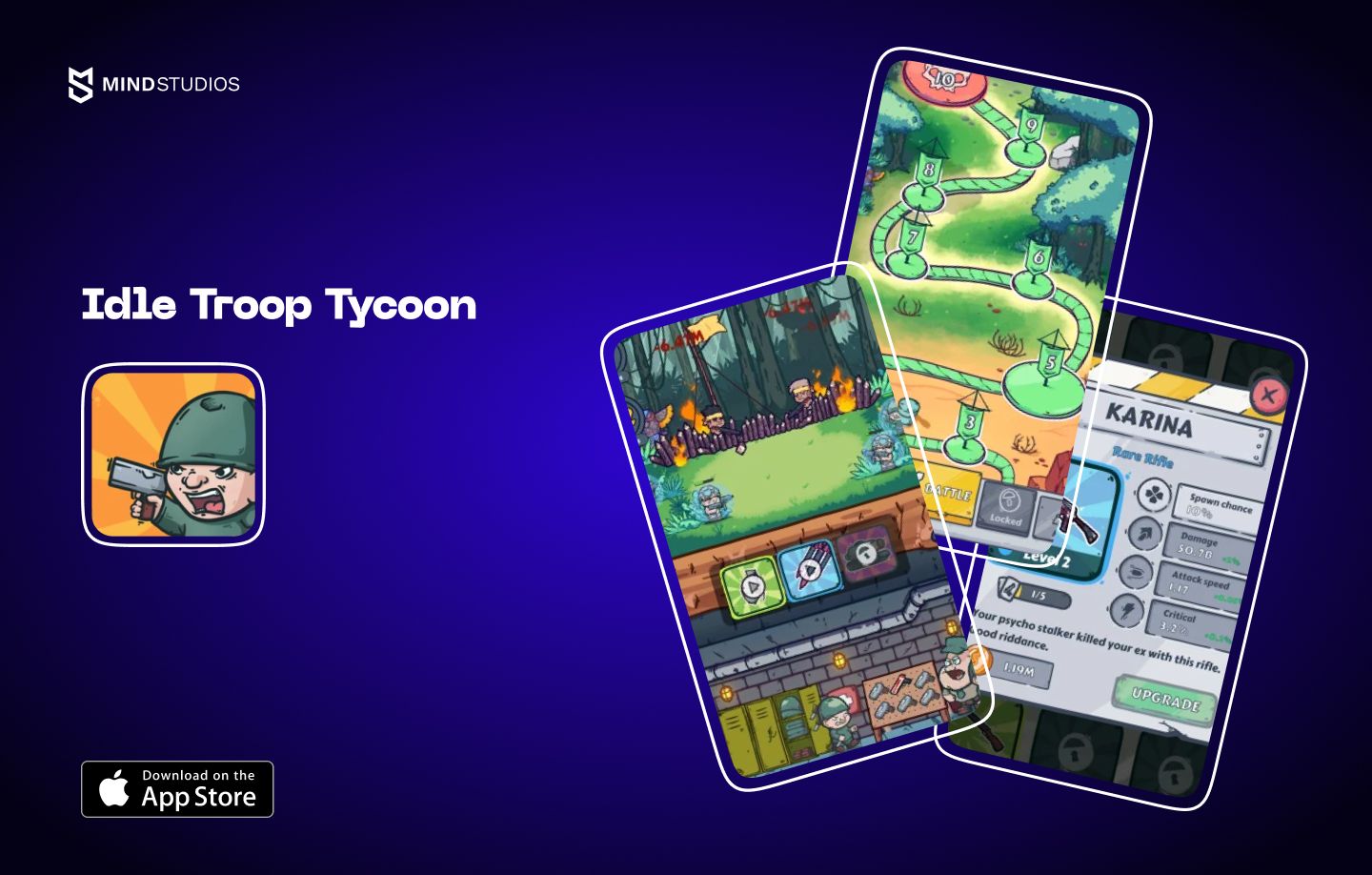
We’ve launched Idle Troop Tycoon just recently and the game is still in the monitoring phase for metrics. It’s a soft-launch so we’ll be deciding on future updates based on the data we receive.
This is a project for our client in Australia and its defining feature is the combination of incremental progression and the linear level progression. In the game, players expand and develop their private army, obtain new weapons, and open new locations. The income growth is idle, and the level progression is triggered by users actively playing the game.
The meta game here is built around obtaining various new weapons and upgrading the already owned pieces. Our early observations show that this approach makes the gameplay more profound and increases the ads-watched-per-session metric.
Clicker Game Development: Conclusion
Right now, incremental clicker games are still all the rage. Are they here to stay, or are eight years on stage enough and will idlers burn out soon? The forecast looks good, if not perfect, so the best time to make idle games might be right now.
The Mind Studios game development department is here to offer our expertise, knowledge, and skills. If you’d like to know more about how to make a clicker game from scratch or wish to know the precise cost to develop an idle game, send us a request and we’ll offer you a free consultation.

